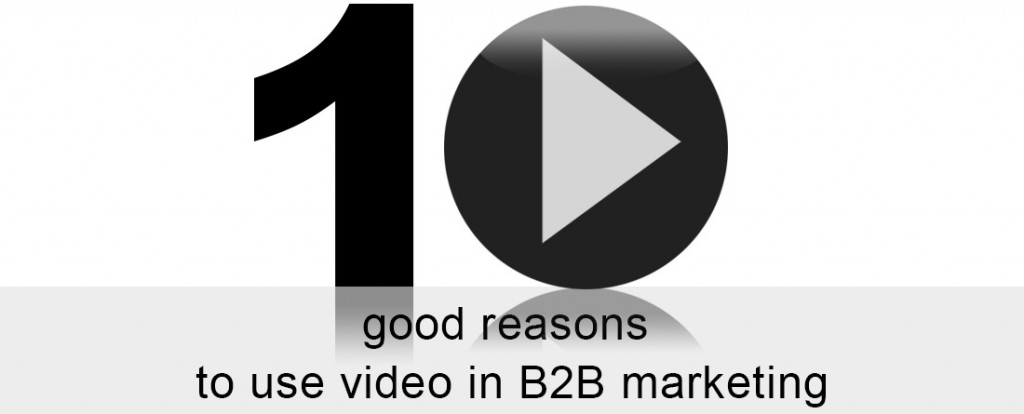I love information; after all, I am a marketer who believes in the power of data to improve communications. So a registration form is something of a guilty pleasure with all the information it contains on prospects and customers. But do we get so wrapped up in what we want from the data that we forget to think about the poor soul who might complete it?
Think for a second and you’ll come up with an example. For me it was a form for a “try and buy” event. It wasn’t the greatest form with a lot of pretty irrelevant questions including a free text field. A guaranteed response suppresser, which would also be difficult to capture usefully.
But the conditions I had to agree with were the real turn off. For example, if I missed my time slot, then that was it, no second chance. I felt like I was back at school and hadn’t done my homework.
Let’s remember why I was booking to go to the event. Because I was seriously considering spending money with them.
What does this tell us? Keep it simple; forms shouldn’t take more than a minute to complete unless they’re for a mortgage. So be ruthless with what you ask. Then give it to someone who has never seen it before to complete it. What was their experience? Would they bother in real life?
Alternatively have a chat with us. We have lots of experience maximising response from forms, so you can be sure you’ll have a form that meets both your needs and those of your customers.



